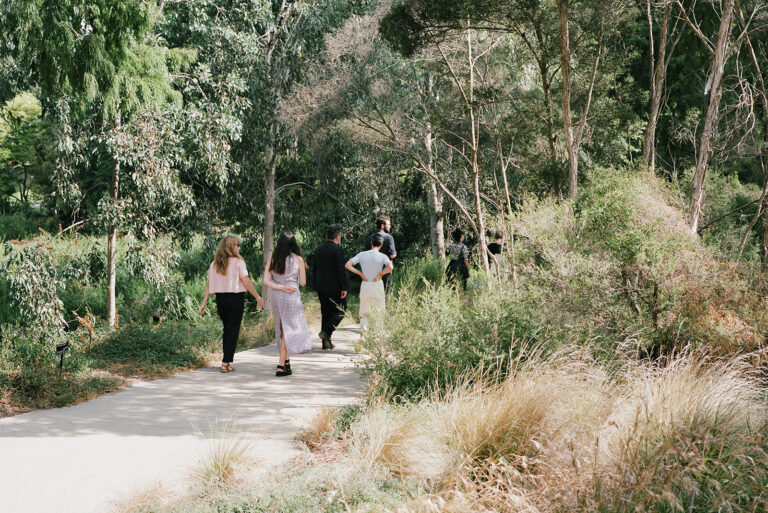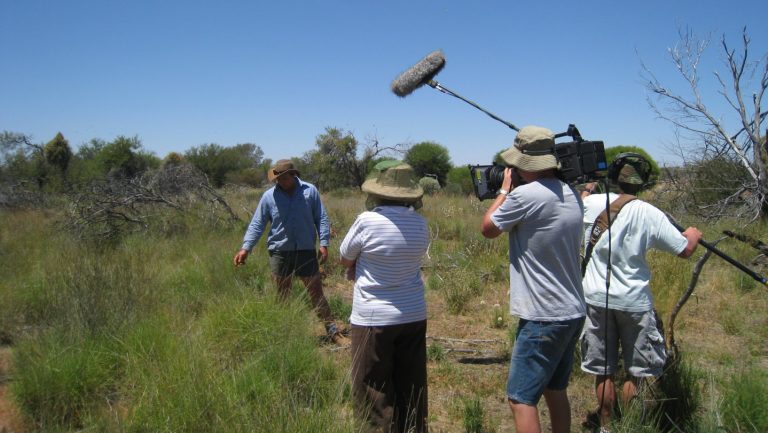In a rapidly growing and developing City, Council is required to manage biodiversity loss and ecological decline.
This involves balancing environmental and ecological considerations, with decisions about accommodating population growth and development within the City.
Lake Macquarie LGA (LMLGA) is home to a range of Matters of National Environmental Significance (MNES) protected by the Environment Protection and Biodiversity Conservation Act 1999 (EPBC Act).
These MNES include 47 threatened species, 5 threatened ecological communities, 62 migratory species and one wetland of international significance (LMCC 2016‐2017). The LGA also supports 112 state listed threatened species, 11 Threatened ( all endangered) Ecological Communities (TECs) and two endangered populations.
There are 33 state listed Key Threatening Processes (KTP) for terrestrial species and 8 for aquatic species as well as 18 national KTP. Central to these are land clearing, the impacts of introduced weeds and fauna, and climate change.
In April 2014, the rate of clearing native vegetation in the City was 55 ha per year (this was when it was last mapped and calculated) (LMCC 2016‐2017). Clearing native vegetation results in:
- decreases in the viability of bushland patches as they become smaller,
- decreasing connectivity between patches of bushland (i.e. increasing fragmentation and destruction of wildlife corridors, and
- decreasing biodiversity.
The encroachment of urban areas on bushland also leads to a decline in the health of bushland and habitat around the edges of bushland patches through “edge effects” which involve the incursion of introduced animal species and weeds and other impacts into bushland.
Reduction in this rate of clearing and careful location of areas to be cleared in the future will assist in achieving the vision, values and strategies in Councils Community Strategic Plan 2017‐2027 that:
- “Value our unique landscape – a place where the natural environment (bushland coast, lake and mountains) is protected and enhanced;” (LMCC 2017 p16).
A range of mapping resources have been formulated for land use planning and decision‐making. In particular, to address the ongoing loss of native vegetation and biodiversity and to inform the direction of Lake Mac 2050 to “protect and enhance our Lake, natural landscape and heritage”.
These will also contribute indirectly to other directions e.g. “develop well‐connected high‐quality public spaces.”



